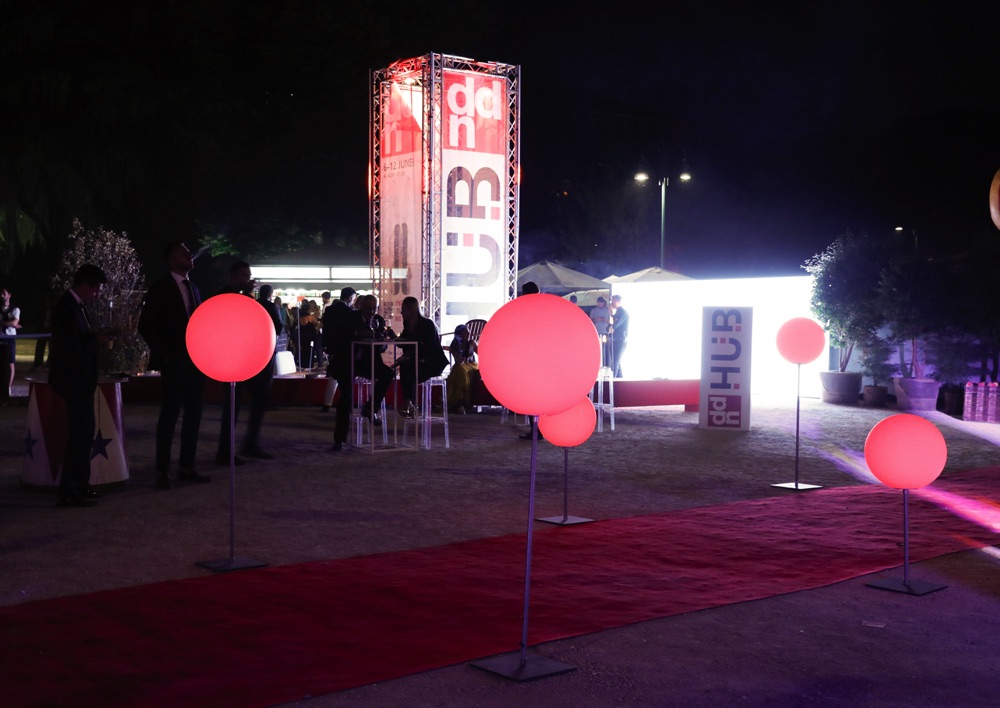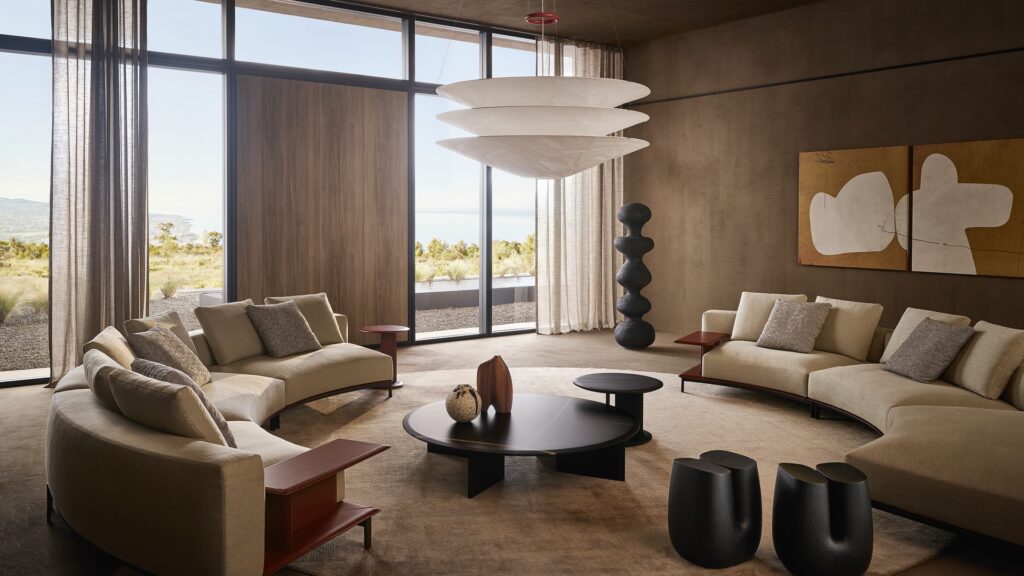On May 25, 2021 the new ADI Design Museum, displaying the recipients of the Compasso d’Oro awards from 1954 onwards, officially opened
The new ADI Design Museum, opening today in Milan, is a project that redevelops a whole neighborhood and opens a new chapter in Milan’s cultural offering. With over 5,000 square meters of floor space, 3,000 of which reserved for exhibition areas, this is among Europe’s largest museums dedicated to design. ADI Design Museum has a collection of over 2,000 pieces, which is enriched by new acquisitions at each edition of the award, and the exhibition area will host various themed exhibitions in rotation.
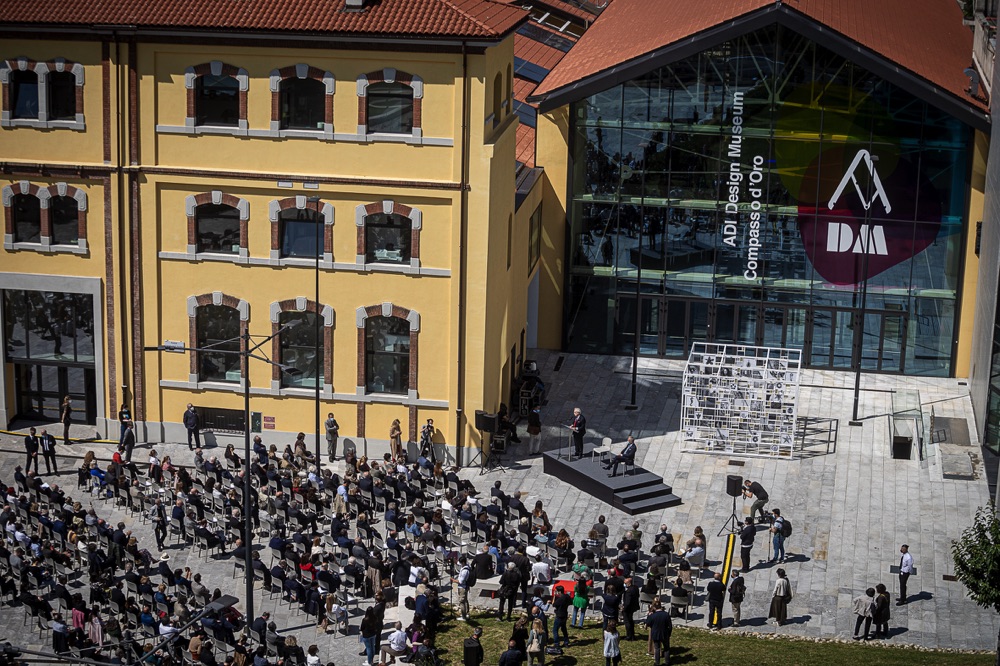
A vast design collection
In addition to the importance of the collection including pieces and objects collected from 1954 to the present day, the new ADI Design Museum, together with the new ADI-Associazione Disegno Industriale headquarters, plays an important role in the redevelopment of an area of Milan. The ADI building occupies an entire block of a former industrial area at the intersection of Via Ceresio and Via Bramante. The building’s renovation project by architects Giancarlo Perotta and Massimo C. Bodini, with works supervised by Carlo Valtolina from Archemi studio, has left the urban fabric unaltered, as it entailed the restoration of the existing buildings.
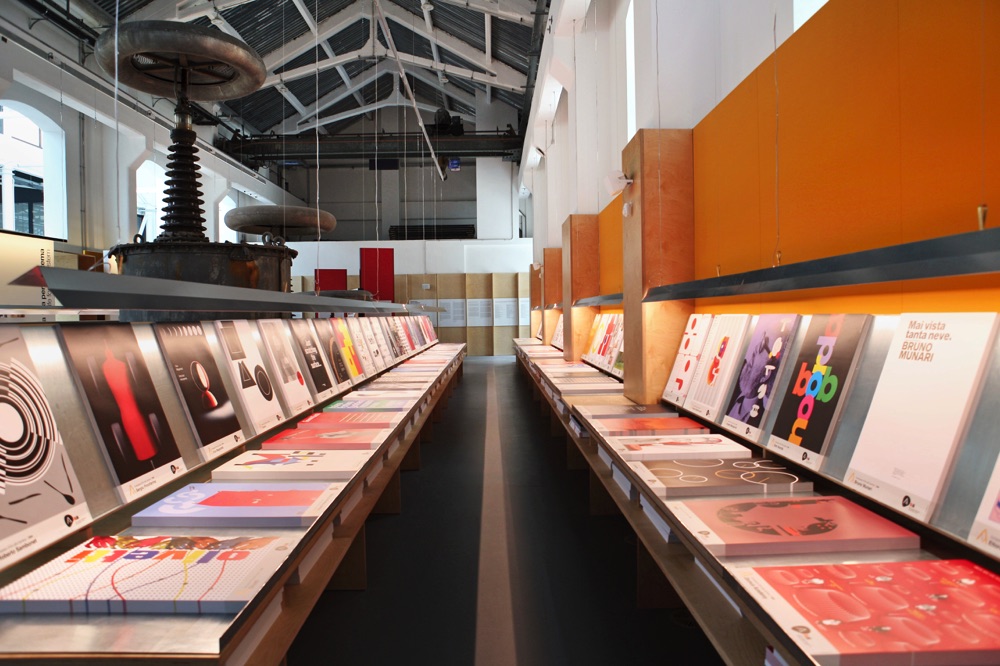
Today, the entire area has been almost entirely redeveloped, and the ADI building can take advantage of new entrances and a square named after the Compasso d’Oro, at Via Ceresio 7. This is the successful conclusion of a journey began in 2011, when Luisa Bocchietto was ADI president, continued with the current president Luciano Galimberti and the contribution of the City of Milan, the Lombardy Region, the State and Fondazione ADI Collezione Compasso d’Oro. Besides the museum, this area houses ADI and Fondazione ADI offices, meeting rooms, the library and the historical archive of ADI (which contains over sixty years of historical documents on Italian design). And then, of course, a specialized bookstore and a food area.
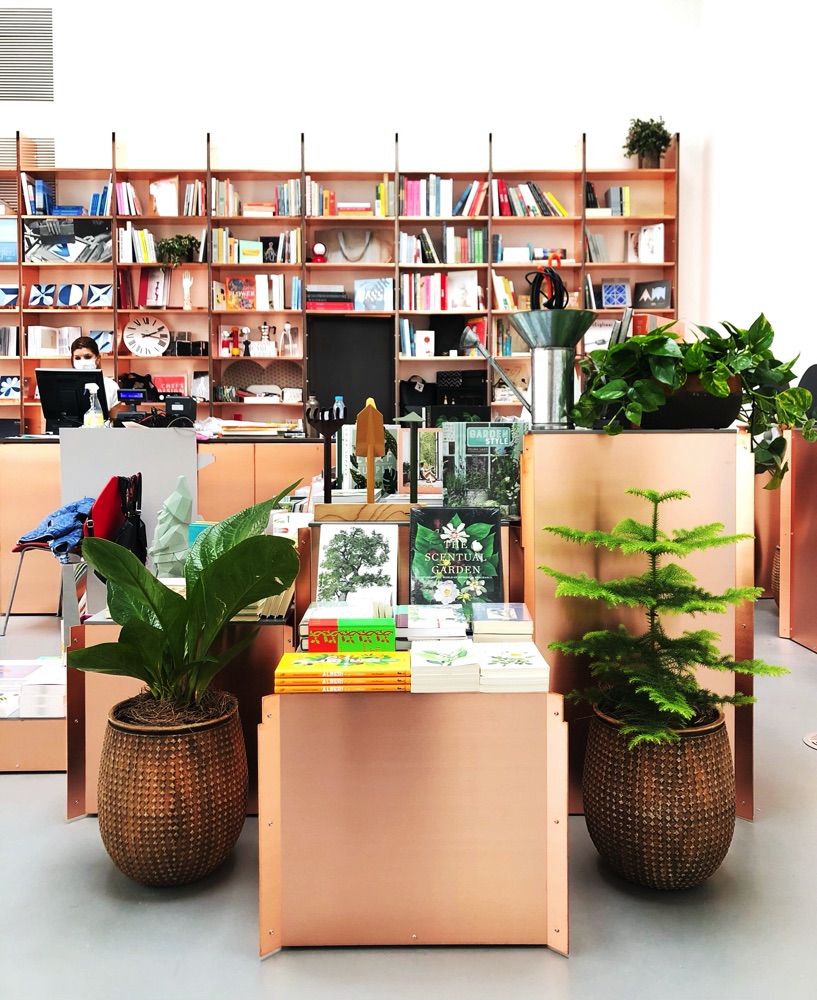
ADI involved several professionals from various areas in the project. Studio Cerri, Massimo Curzi, Gianni Filindeu, Carlo Forcolini and Marco Romanelli designed the layout of various exhibitions, while Marco Ferreri designed the cafeteria and the bookstore. Studio Origoni Steiner was in charge of the permanent installation at the entrance, dedicated to the golden section, and Giulio Ceppi took care of accessibility for vulnerable people.
The project of the new ADI Design Museum
A national competition selected the architects responsible for the exhibition design and brand identity: Migliore+Servetto and Italo Lupi. The project of the ADI Design Museum is based on the concept of “narrating museum”: a cultural center open to the general public, which familiarizes people with design through the objects awarded with the Compasso d’Oro over the last 70 years.
Discover all the winners of the Compasso d’Oro Awards 2020
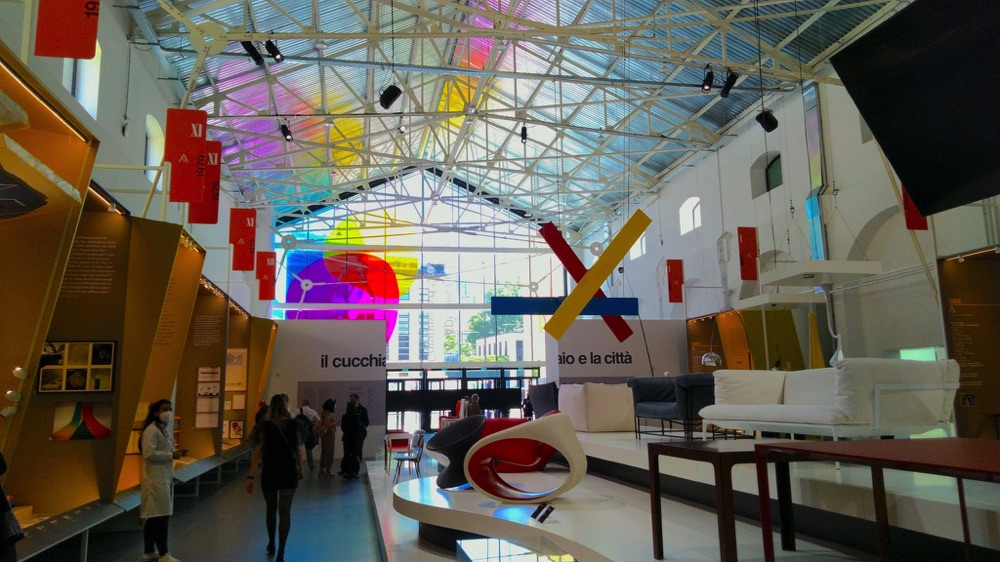
Mara Servetto, from Migliore+Servetto, said that the exhibition design was inspired by sustainability principles. Materials are cut to the bone, with 2 cm thick partition panels made from recycled wood and recycled metals. A thin and unobtrusive frame surrounds an important story formed by the 350 Awards. Each room contains different products, explored with the product itself, sketches, images and related material. This layout allows you to immerse yourself in the insights for an “immersive yet analogue” experience.
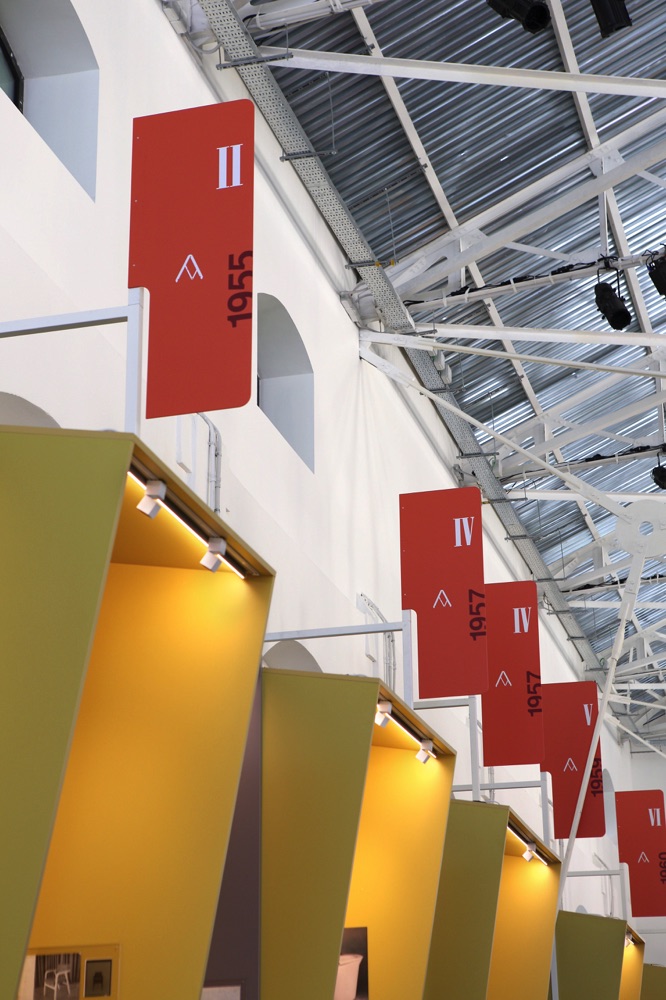
Alongside the permanent collection, the museum hosts themed exhibitions and workshops for young people and school-age children (Junior Design Lab, for children aged 6-14).
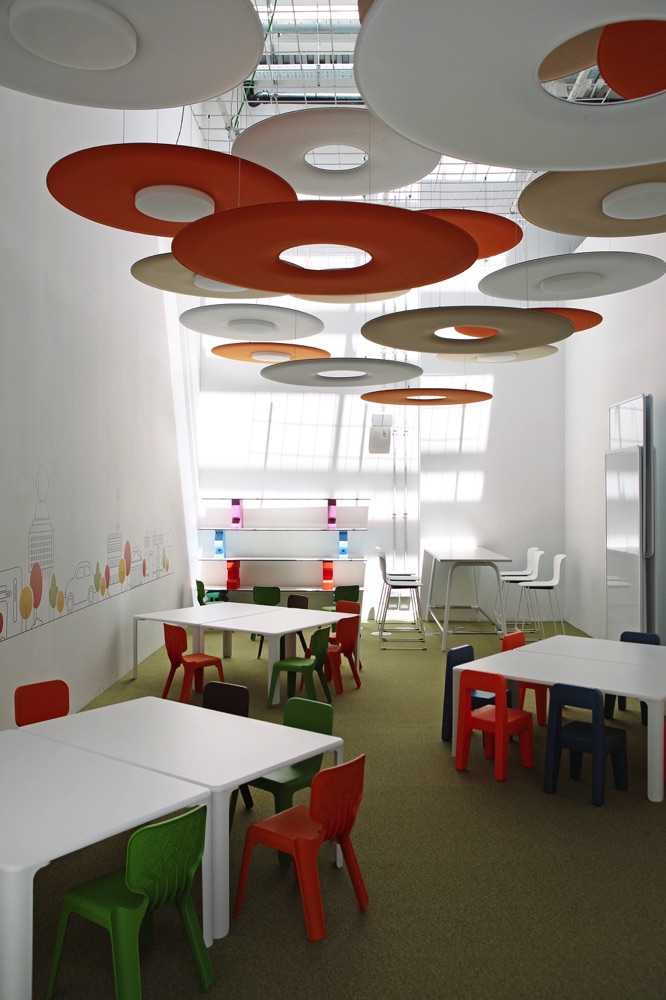
Design for urban regeneration
Today’s event is a very important one. It is the official recognition that the production and sale of everyday objects generate culture as well as economic wealth. A further acknowledgement, if it were still needed, that the word “design” still has a meaning.
ADI Design Museum confirms this: an urban place, a center of culture, a driver for regeneration. The development of a path started 70 years ago from the idea of awarding the everyday objects that were most appreciated by the public and evolved to become a symbol of the city of Milan. Perhaps it is not a symbol yet, it will take more time for that, but it is there and it is there to stay. [Roberta Mutti]












